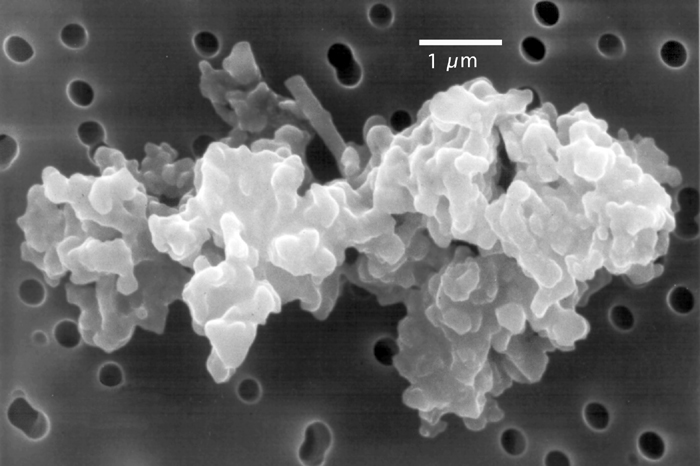Dust charging and detection in space
A significant portion of matter in space has a form of dust particles with sizes from a few tens of nanometers to several micrometers. These are found in the interplanetary and interstellar space, in cometary tails, rings of large planets, and on surfaces and atmospheres of planets and moons. These dust particles are most often formed by ice, graphite, carbide, silicon, and various glass forms. Various processes act to charge these grains to significant potentials, and electrostatic and electromagnetic forces can thus considerably affect their overall dynamics.


We perform laboratory measurements and simulations to understand basic charging characteristics of dust particles, benefiting from a unique apparatus capable of trapping and analyzing a single dust grain. We further investigate dust occurrence and possibilities of dust detection in space, using electric signals induced by dust impacts on electric antennas and/or spacecraft body.
